SN 1006
The new SN 1006 image represents the most spatially detailed map yet of the material ejected during a type Ia supernova. By examining the different elements in the debris field — such as silicon, oxygen, and magnesium — the researchers may be able to piece together how the star looked before it exploded and the order that the layers of the star were ejected, and constrain theoretical models for the explosion. Scientists also are able to study just how fast specific knots of material are moving away from the original explosion. The fastest knots are moving outward at almost 11 million mph (18 million k/h), while those in other areas are moving at a more leisurely 7 million mph (11 million k/ h). SN 1006 is located about 7,000 light-years from Earth. The new Chandra image of SN 1006 contains over eight days worth of observing time by the telescope. Image by Chandra X-ray Center, Cambridge, Massachusetts, Marshall Space Flight Center, Huntsville, Alabama.
Source: http://chandra.harvard.edu/photo/2013/sn1006/

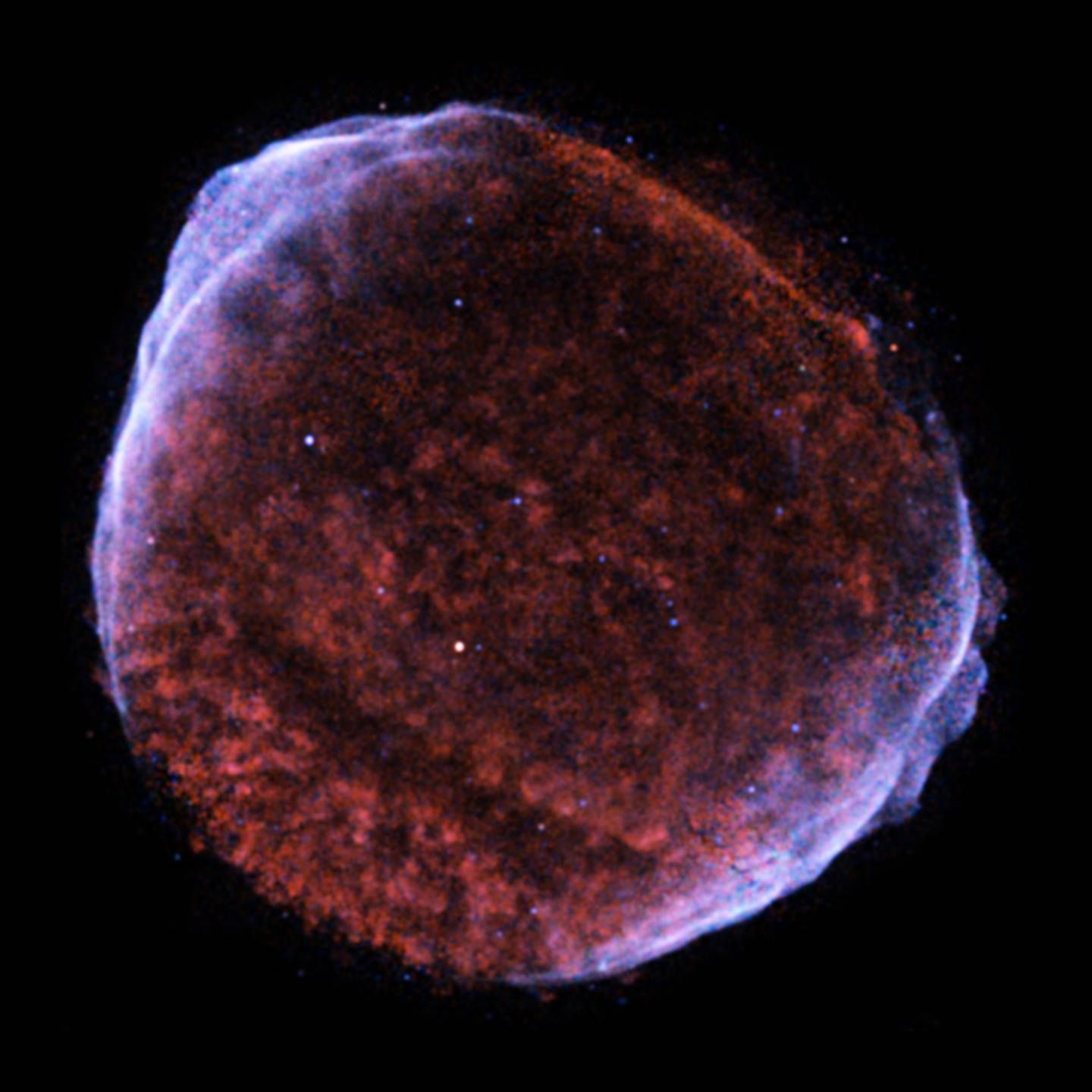
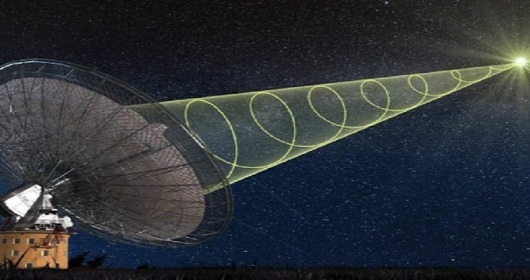
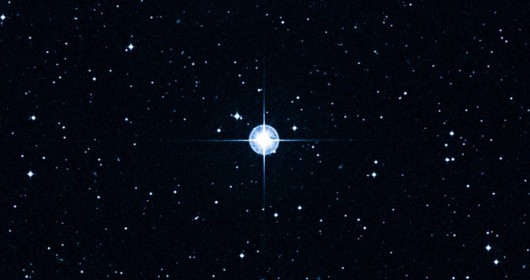
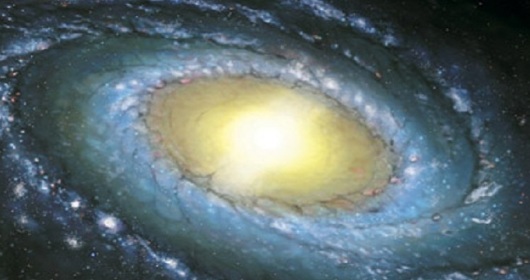
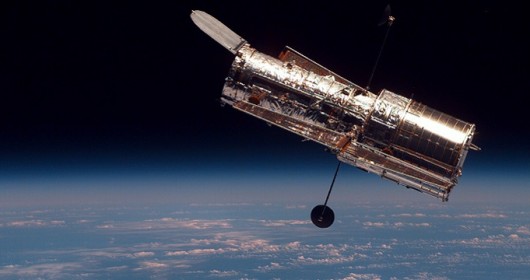
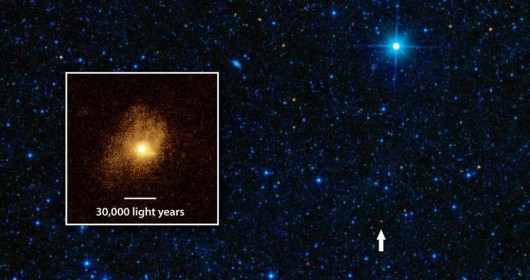
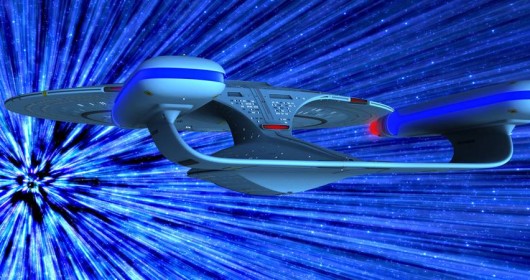
Comments are closed.